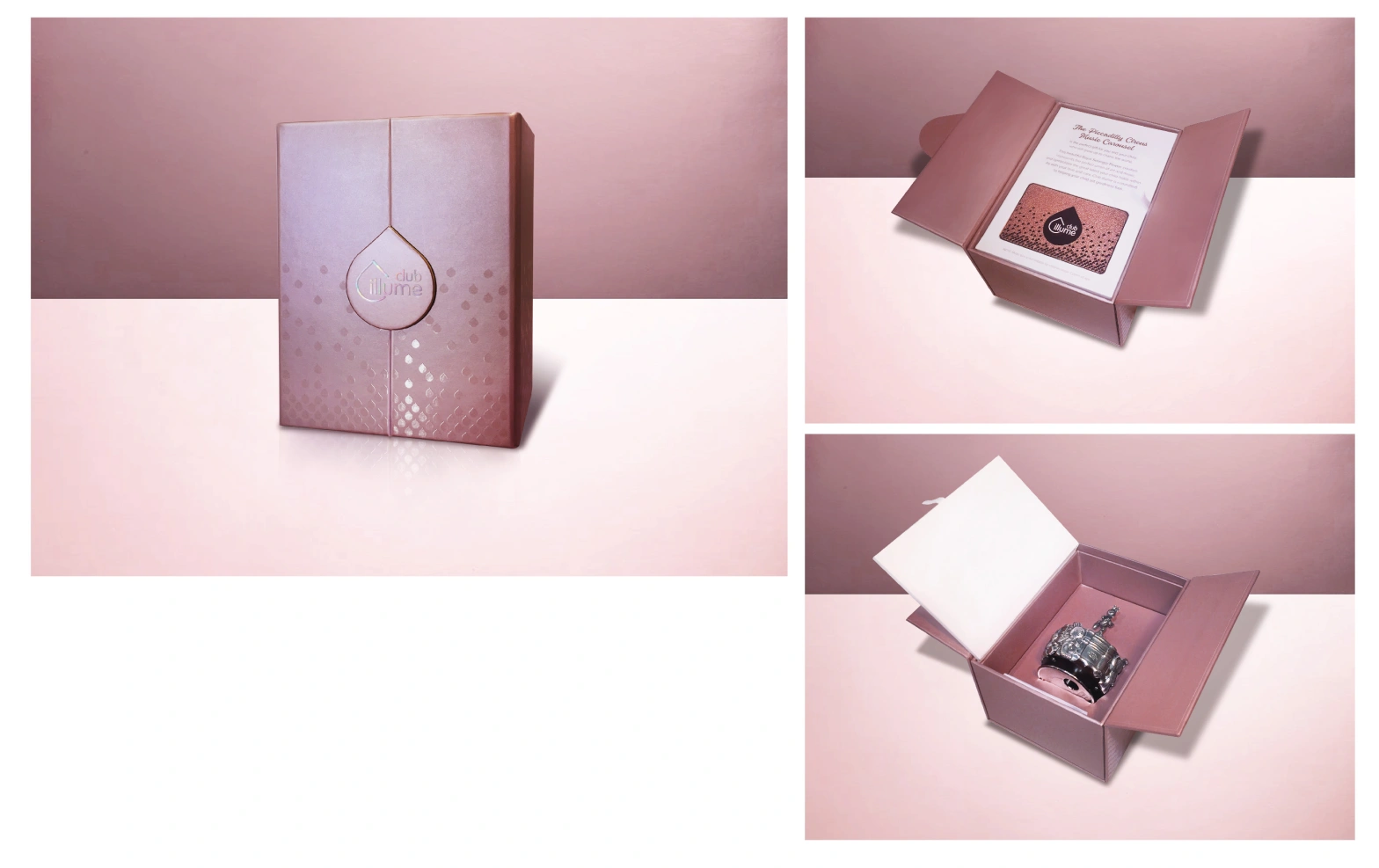
Packaging design process
After answering all these questions, you can start to put together ideas for product packaging.
Understand the inner packaging and outer packaging.
For products with more than 1 part, to transport and store the product neatly, you may need to use layers. To give you a good idea, the packaging of a laptop and how it comes will have the laptop mounted on a layer and the other wiring, charger and accessories in slot away around it. Knowing the right form factor of the item is important and stuff the various materials which can be used for the inner layers. For other items which are stored in jars, there may be inner layers required to cushion the jars inside the box so it does not get damaged during transportation. Packing peanuts, styrofoam, cardboard or tissue all take up space but they do have weight as well. The outer packaging is what the product comes in, which is usually a box with printing, a label and description of the contents and some pictures. Understanding each layer well can help you develop a story for the product and adds to the experience.
Understand your material options.
There may be different types of packaging used by your competitors on their products. Study their packaging and try to understand their reasons on why the packaging type is used and whether you should use the same type. Understand that you have a budget, so the materials and design should all fit into your budget first. It is sometimes no brainer that you use a jar or a bottle, but there can also be options of size and materials to consider. You may want to consider how someone would clean the container to reuse it. Circular economy is gaining traction and consumer may be interested to buy refills or return the container to be reused. It may also save you money if you can manage the logistics. For containers to be reused, then the container needs to be a lot more durable than single use containers and decisions need to be made to ensure safety and cleanliness of the container if it were to contain food. For internal packaging, different materials will obviously have different weight and if you are selling online, you may want to consider lighter internal packing materials. With the strong focus of sustainability today, many consumers will want to see sustainable packaging to styrofoam use would not be good. Luckily, there are more options now on compostable packaging materials which are also light weight. For food containers, there are many options and with tetra packs, you can think out of the box to design packages which can fit well for shipping, however, do take note that ergonomics do matter to the customer as well. If you are selling something liquid, think of designs where the consumer can use with maximum ease, go all creative as a good design can attract a lot of attention. For luxury packaging, custom materials used may not be easily available at the product design house — satin lamination, colored metallic ink, pearlescent paper — may also require specialized equipment, and if this is part of your design, make sure your product design house can handle your needs.
Talk to product design house to understand options
Because there is always a budget involved, know the standard sizes first before you go all out and design your graphics. For boxes, bottles and many other packaging, there may exist common sizes where printing would be cheapest because there is already a die cut available. Your packaging design house would be able to inform you of 4 important things. a) minimum order quantity b) standard dielines c) file formats they accept. (Tiff, Illustrator, Photoshop, PDF, EPS) d) color options (2 color or single colour printing may save quite a bit of money) If you have a sample size and shape, show your printer and they would be able to tell you the standard dielines for the package. Following the dieline could save on the cost of making a custom die.
Determine look and feel by understanding customer profile
What would motivate your customer from buying your product? Does it need to feel and look like a luxury product? Do you want to have a sustainable brand and not use plastics in the printing? Do you want to look fresh and young to attract younger customers? There are many ways of designing the packaging for your product and you need to know who you are selling to and what those customer demographic prefers.
5. Critical information on the outer box
Hierarcy of information – presentation of important information in the front (Brand + logo) Having the selling proposition larger and more prominent. For barcodes, consult with supermarket s or retail outlets as the machines they use to capture information may have measurements requirements. For food and other specific industries, what is needed to be displayed may need to be sent to relevant authorities for vetting and approval. E.g. Halal food certification – MUIS / HSA, etc.
6. Transparent cut out to show content
It may be important to allow the shopper to peek into contents for them to understand what is inside for products where the photos do not do a good description. For example, some coffee packaging have a small window to allow the shopper to see the granule sizes, whether it is full bean, coarse or finely grounded. The window can also allow the shopper to view the options like color and design without opening the package.
